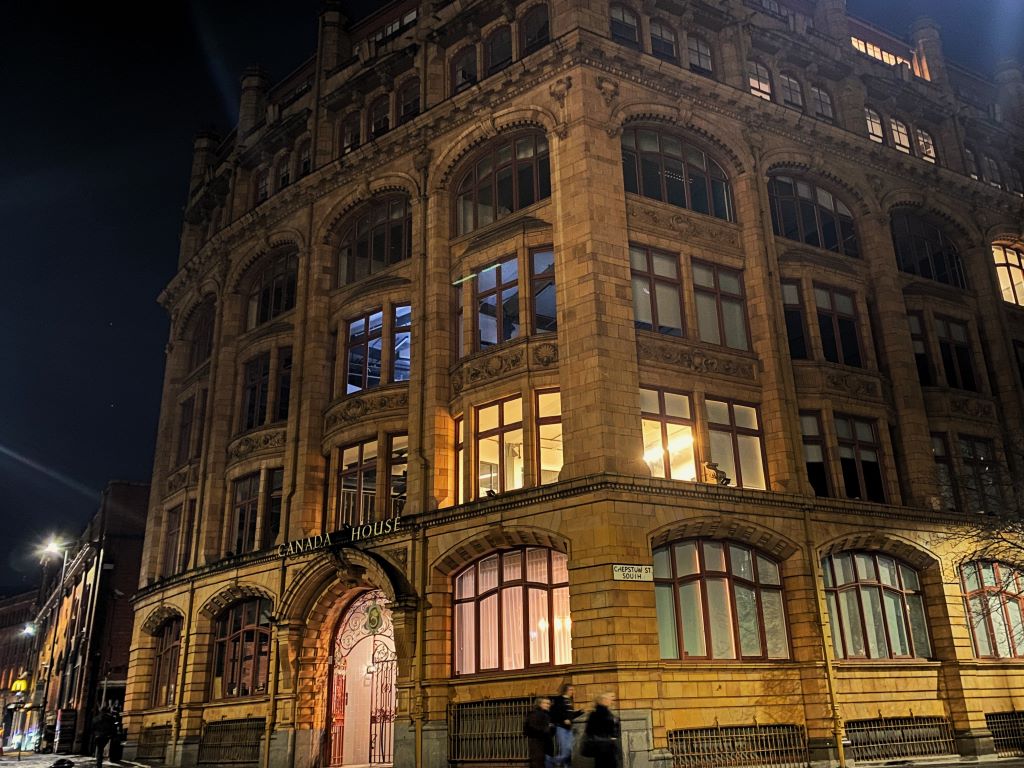PlaceEXPO: City Region Investment Strategies
Despite the recovery in the market, there is still a need for public funding to jump-start commercial projects in large parts of the region, delegates heard.
See links to slides below
City Region Investment Strategies was sponsored by the Chrysalis Fund, the North West Evergreen Fund and Cheshire East Council and attracted around 100 delegates.
Mark Bousfield, investment manager at Igloo Regeneration, which fund manages Chrysalis, told the audience: "Investment is helping to jump start commercial projects in the Liverpool city region for projects commercial lenders might not consider."
Significant projects around Liverpool city centre which have received loans from Chrysalis include the £40m exhibition hall extension to the Arena & Convention Centre at Kings Dock, which received an £8m loan, and Langtree's £10m development on Duke Street pre-sold to Atlantic Container Lines for a new 40,000 sq ft head office, which received a £1.4m loan.
Joining Bousfield to describe the work of the £34m fund, backed by the European Investment Bank and European Regional Development Fund under the JESSICA programme, Iain Jenkinson, senior director at GVA and investment agent for Chrysalis, said: "We are custodians of public money and there is more public money than there are projects – our job is to signpost to that. Our aim is to add value and not to crowd out traditional sources of funding."
Jenkinson also stressed that there was no hard and fast rule in terms of investments and timescales and that no two projects were alike.
Also speaking at the event were representatives of the North West Evergreen Fund, which provides debt funding for commercial property and regeneration projects in the North West.
Andrew Antoniades, director of CBRE, Evergreen fund manager, and Sean Davies, head of finance at Manchester City Council, highlighted how the low carbon agenda was becoming more prominent in the next ERDF round – a £15m Greater Manchester low carbon fund, to finance heat networks and other projects is likely to be launched – and would feed into regional funds such as Evergreen, although details of how it would function are yet to emerge.
Antoniades and Davies said Evergreen funding was not intended to take over from commercial forms of finance. Antoniades said: "Think of Evergreen as an ethically minded debt fund which can be used in tangent with other sources such as grant. While the bank market is returning, it is still very selective, so we are lending to viable schemes that may be missing out."
Projects highlighted included £4.5m to Bruntwood's office hub development at Manchester Science Park featuring 60,000 sq ft of office and laboratory space, and £10m for Allied London's Cotton Building in Spinningfields in Manchester. Antoniades stressed that flexibility was key to success. In some cases Evergreen provides 60% of the cost of development, but match-funding fed in from other sources was also necessary.
The final speaker was Duncan Sutherland, non-executive board member for HS2, who gave a lively overview of the impact of the scheme. He said: "HS2 is driving plans for regeneration in various cities around the stations, and forces an alignment between policies and funding. Yes, we're getting a railway line, but it is up to the individual cities to take the idea and run with it."
He stressed that time was running out to ensure the necessary development was in place to maximise on HS2. "We need to ensure that we're redeveloping commercial space in HS2 station cities long before the 2026 open date. Ideally, we need offices operational by 2020." As part of a panel discussion, Sunderland also said that he confidently believed all cities were capable of an offering similar to that of the London St Pancras station.
The panel was also joined by Liverpool Vision's Jenny Douglas, who gave an overview of Liverpool's strategic investment framework projects and Vision's 15-year plan which incorporates a response to HS2 and the intention to develop around Lime Street station. She highlighted the importance of public and private-sector partnerships, and pointed to developments around the waterfront as an example of how this works successfully in practice, with the arena extension and the River Festival demonstrating the merging of resources.
View and download slides at links below
- Iain Jenkinson and Mark Bousfield, the Chrysalis Fund in the Liverpool City Region
- Sean Davies and Andrew Antoniades, GM investment plan and the North West Evergreen Fund
- Duncan Sutherland, HS2
![]()




